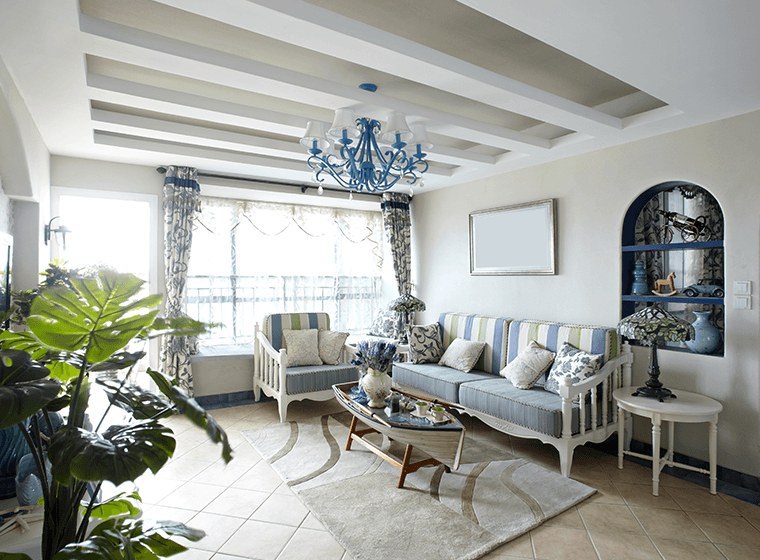Sarah Robinson | Interior Painting
How to Paint a Ceiling
About Ceiling Painting
When you paint a room, you probably only really think about the wall color. But there's one other part of the room that also needs to get painted: your ceiling. Most people tend to keep things pretty basic when it comes to painting ceilings, but there's no reason why you can't get a little more creative. Here's what you need to know about painting your ceilings.
Do you paint the ceiling or walls first?
If you're painting an entire room, it's best to work from the top down. That means you should paint the ceiling first. It's often easier to start with the ceiling since you won't have to worry about any splatter or potential paint drips messing up freshly painted walls. If it does happen, it's much easier to fix, since you're going to paint the walls anyway.
What is different about ceiling paint?
Ceiling paint is much different from wall paint, as it is specifically formulated for ceilings. It's a higher viscosity paint with more solids in the mix, which means it's thicker and adheres better. This is so you get fewer drips and splatters during the painting process. It also means you get better coverage-with most ceiling paint, you only need one coat to cover the surface. It's designed to hide imperfections and create a clean look.

Is ceiling paint flat or glossy?
Most ceiling paint has a flat finish and is often times the flattest finish possible. This is because any amount of glossiness in ceiling paint will reflect more light and can end up highlighting any imperfections that you don't want to be seen. However, it is possible to paint ceilings in a higher gloss finish. Sometimes going for a high-gloss finish on your ceiling can add to the drama of a room, helping to reflect more light from lamps and candles.
If you're considering painting your ceiling, book your free, no-obligation estimate today! We'll be happy to give you advice on what will work best for your space.
